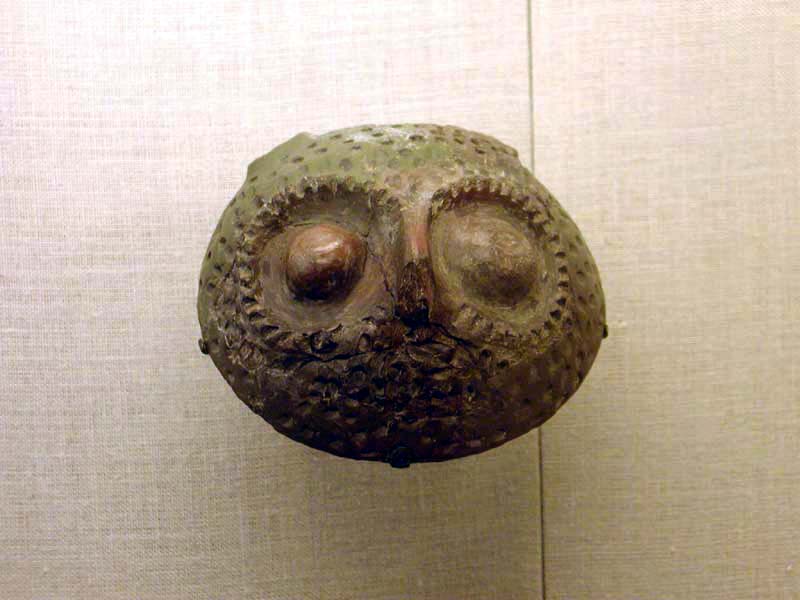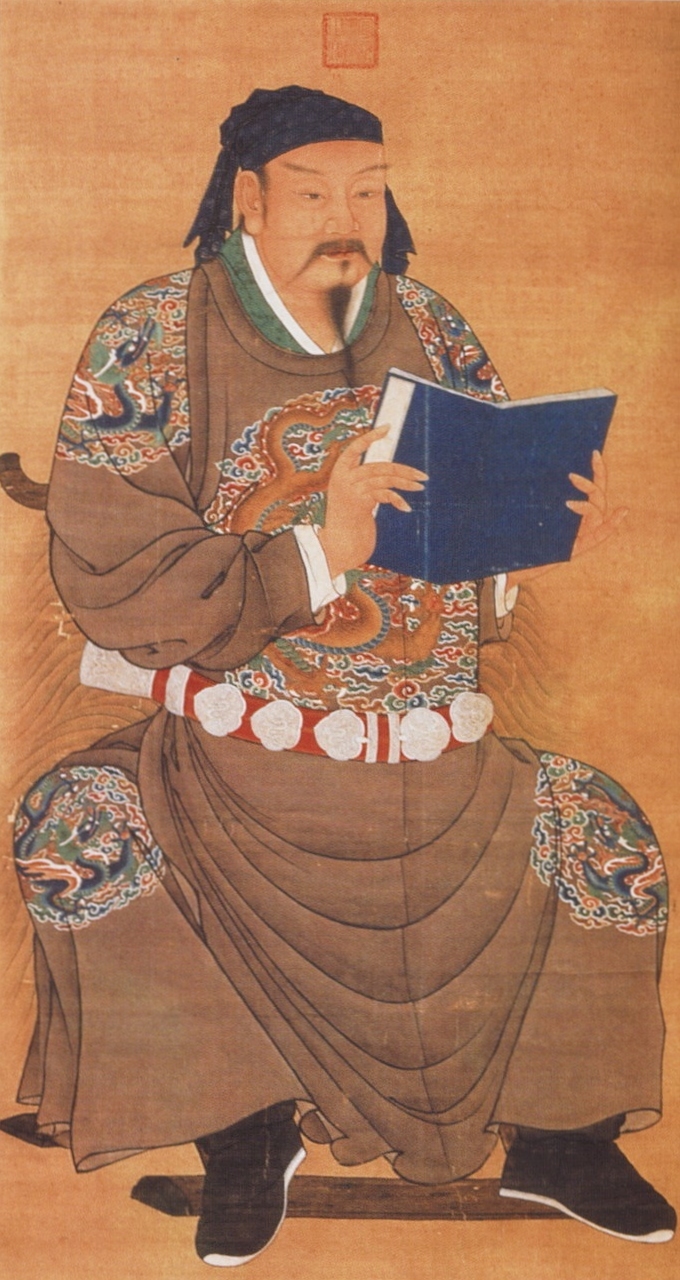|
Battle Of Shuangqiaozhen
The Battle of Shuangqiaozhen () was fought from March 6 to March 12, 1931, between the 34th Division of the Army of the Kuomintang Nationalist Government and the Red Army of the Chinese Communist Party. The commander of the 34th Division, Major General Yue (a descendant of Song Dynasty general Yue Fei) was captured by the communists. In August 1932, Yue was executed by firing squad on the orders of Zhang Guotao Zhang Guotao (November 26, 1897 – December 3, 1979), or Chang Kuo-tao, was a founding member of the Chinese Communist Party (CCP) and rival to Mao Zedong. During the 1920s he studied in the Soviet Union and became a key contact with the Comi ... and posthumously promoted to full general. Bibliography *中華民國國防大學編,《中國現代軍事史主要戰役表》 ��台灣國防部史政檔案開放應用系統) *原中華民國國軍政戰學校、美軍顧問團史政處,《中國現代軍事史主要戰役表-陸軍》 {{DEFAULTSORT:Shuangqiaozhen ... [...More Info...] [...Related Items...] OR: [Wikipedia] [Google] [Baidu] |
Chinese Civil War
The Chinese Civil War was fought between the Kuomintang-led government of the Republic of China and forces of the Chinese Communist Party, continuing intermittently since 1 August 1927 until 7 December 1949 with a Communist victory on mainland China. The war is generally divided into two phases with an interlude: from August 1927 to 1937, the KMT-CCP Alliance collapsed during the Northern Expedition, and the Nationalists controlled most of China. From 1937 to 1945, hostilities were mostly put on hold as the Second United Front fought the Japanese invasion of China with eventual help from the Allies of World War II, but even then co-operation between the KMT and CCP was minimal and armed clashes between them were common. Exacerbating the divisions within China further was that a puppet government, sponsored by Japan and nominally led by Wang Jingwei, was set up to nominally govern the parts of China under Japanese occupation. The civil war resumed as soon as it becam ... [...More Info...] [...Related Items...] OR: [Wikipedia] [Google] [Baidu] |
Xinyang
Xinyang (; postal: Sinyang) is a prefecture-level city in southeastern Henan province, People's Republic of China, the southernmost administrative division in the province. Its total population was 6,234,401 according to the 2020 census. As of the 2010 census, 1,230,042 of them lived in the built-up (or metro) area made of two urban districts, Pingqiao and Shihe. Geography Geography of city The prefecture-level city of Xinyang has a total land area of . The city is located in the southernmost part of Henan Province on the south bank of the Huai River and in the middle of the Dabie Mountains area. It borders the cities Zhumadian to the north and Nanyang to the northwest, and the provinces of Anhui and Hubei to the east and south respectively. The region where Xinyang is located is considered a subtropical area and the Dabie mountainous terrain is mainly to the north, south, and east of the city. Climate Xinyang has a monsoon-influenced, four-season humid subtropical ... [...More Info...] [...Related Items...] OR: [Wikipedia] [Google] [Baidu] |
Henan
Henan (; or ; ; alternatively Honan) is a landlocked province of China, in the central part of the country. Henan is often referred to as Zhongyuan or Zhongzhou (), which literally means "central plain" or "midland", although the name is also applied to the entirety of China proper. Henan is a birthplace of Han Chinese civilization, with over 3,200 years of recorded history and remained China's cultural, economic and political center until approximately 1,000 years ago. Henan Province is home to many heritage sites, including the ruins of Shang dynasty capital city Yin and the Shaolin Temple. Four of the Eight Great Ancient Capitals of China, Luoyang, Anyang, Kaifeng and Zhengzhou, are in Henan. The practice of tai chi also began here in Chen Jia Gou Village (Chen style), as did the later Yang and Wu styles. Although the name of the province () means "south of the ellowriver.", approximately a quarter of the province lies north of the Yellow River, also known as th ... [...More Info...] [...Related Items...] OR: [Wikipedia] [Google] [Baidu] |
National Revolutionary Army
The National Revolutionary Army (NRA; ), sometimes shortened to Revolutionary Army () before 1928, and as National Army () after 1928, was the military arm of the Kuomintang (KMT, or the Chinese Nationalist Party) from 1925 until 1947 in China. It also became the regular army of the Republican era during the KMT's period of party rule beginning in 1928. It was renamed the Republic of China Armed Forces after the 1947 Constitution, which instituted civilian control of the military. Originally organized with Soviet aid as a means for the KMT to unify China during the Warlord Era, the National Revolutionary Army fought major engagements in the Northern Expedition against the Chinese Beiyang Army warlords, in the Second Sino-Japanese War (1937–1945) against the Imperial Japanese Army and in the Chinese Civil War against the People's Liberation Army. During the Second Sino-Japanese War, the armed forces of the Chinese Communist Party were nominally incorporated into the N ... [...More Info...] [...Related Items...] OR: [Wikipedia] [Google] [Baidu] |
Chinese Workers' And Peasants' Red Army
The Chinese Workers' and Peasants' Red Army or Chinese Workers' and Peasants' Revolutionary Army, commonly known as the Chinese Red Army or simply the Red Army, are the armed forces of the Chinese Communist Party. It was formed when Communist elements of the National Revolutionary Army splintered and mutinied in the Nanchang Uprising. The Red Army was reincorporated into the National Revolutionary Army as part of the Second United Front with the Kuomintang to fight against the Japanese during the Second Sino-Japanese War. In the later stages of the Chinese Civil War. History Formation (late 1920s) In the summer of 1926, the CCP took over the two divisions of the Chinese Nationalist Party forces and led a military mutiny. Nationalist forces General He Long commanded the 20th Corps to join them. They had a total of 20,000 soldiers and planned to occupy Guangzhou. However, they were defeated before they reached Guangzhou with only a few thousand men surviving the battle ... [...More Info...] [...Related Items...] OR: [Wikipedia] [Google] [Baidu] |
Kuomintang
The Kuomintang (KMT), also referred to as the Guomindang (GMD), the Nationalist Party of China (NPC) or the Chinese Nationalist Party (CNP), is a major political party in the Republic of China, initially on the Chinese mainland and in Taiwan after 1949. It was the sole party in China during the Republican Era from 1928 to 1949, when most of the Chinese mainland was under its control. The party retreated from the mainland to Taiwan on 7 December 1949, following its defeat in the Chinese Civil War. Chiang Kai-shek declared martial law and retained its authoritarian rule over Taiwan under the '' Dang Guo'' system until democratic reforms were enacted in the 1980s and full democratization in the 1990s. In Taiwanese politics, the KMT is the dominant party in the Pan-Blue Coalition and primarily competes with the rival Democratic Progressive Party (DPP). It is currently the largest opposition party in the Legislative Yuan. The current chairman is Eric Chu. The party ori ... [...More Info...] [...Related Items...] OR: [Wikipedia] [Google] [Baidu] |
Chinese Communist Party
The Chinese Communist Party (CCP), officially the Communist Party of China (CPC), is the founding and sole ruling party of the People's Republic of China (PRC). Under the leadership of Mao Zedong, the CCP emerged victorious in the Chinese Civil War against the Kuomintang, and, in 1949, Mao proclaimed the establishment of the People's Republic of China. Since then, the CCP has governed China with eight smaller parties within its United Front and has sole control over the People's Liberation Army (PLA). Each successive leader of the CCP has added their own theories to the party's constitution, which outlines the ideological beliefs of the party, collectively referred to as socialism with Chinese characteristics. As of 2022, the CCP has more than 96 million members, making it the second largest political party by party membership in the world after India's Bharatiya Janata Party. The Chinese public generally refers to the CCP as simply "the Party". In 1921, Chen Duxiu and ... [...More Info...] [...Related Items...] OR: [Wikipedia] [Google] [Baidu] |
Yue Fei
Yue Fei ( zh, t=岳飛; March 24, 1103 – January 28, 1142), courtesy name Pengju (), was a Chinese military general who lived during the Southern Song dynasty and a national hero of China, known for leading Southern Song forces in the wars in the 12th century between Southern Song and the Jurchen-ruled Jin dynasty in northern China. Because of his warlike-stance, he was put to death by the Southern Song government in 1142 under a concocted charge, after a negotiated peace was achieved with the Jurchens. Yue Fei is depicted in the Wu Shuang Pu (, Table of Peerless Heroes) by Jin Guliang. Yue Fei's ancestral home was in Xiaoti, Yonghe Village, Tangyin, Xiangzhou, Henan (in present-day Tangyin County, Anyang, Henan). He was granted the posthumous name Wumu () by Emperor Xiaozong in 1169, and later granted the noble title King of È () posthumously by the Emperor Ningzong in 1211. Widely seen as a patriot and national folk hero in China, since his death Yue Fei has evo ... [...More Info...] [...Related Items...] OR: [Wikipedia] [Google] [Baidu] |
Zhang Guotao
Zhang Guotao (November 26, 1897 – December 3, 1979), or Chang Kuo-tao, was a founding member of the Chinese Communist Party (CCP) and rival to Mao Zedong. During the 1920s he studied in the Soviet Union and became a key contact with the Comintern, organizing the CCP labor movement in the United Front with the Kuomintang. In 1931, after the Party had been driven from the cities, he established the E- Yu- Wan Soviet. When his armies were driven from the region, he joined the Long March but lost a contentious struggle for party leadership to Mao Zedong. Zhang's armies then took a different route from Mao's and were badly beaten by local muslim Ma clique forces in Gansu. When his depleted forces finally arrived to join Mao in Yan'an, Zhang continued his losing challenge to Mao, and left the party in 1938. Zhang eventually retired to Canada, in 1968. He became a Christian shortly before his death in Scarborough, Ontario (a suburb of Toronto), in 1979. His memoirs provide valuab ... [...More Info...] [...Related Items...] OR: [Wikipedia] [Google] [Baidu] |
Conflicts In 1931
Conflict may refer to: Arts, entertainment, and media Films * ''Conflict'' (1921 film), an American silent film directed by Stuart Paton * ''Conflict'' (1936 film), an American boxing film starring John Wayne * ''Conflict'' (1937 film), a Swedish drama film directed by Per-Axel Branner * ''Conflict'' (1938 film), a French drama film directed by Léonide Moguy * ''Conflict'' (1945 film), an American suspense film starring Humphrey Bogart * ''Catholics: A Fable'' (1973 film), or ''The Conflict'', a film starring Martin Sheen * ''Judith'' (1966 film) or ''Conflict'', a film starring Sophia Loren * ''Samar'' (1999 film) or ''Conflict'', a 1999 Indian film by Shyam Benegal Games * ''Conflict'' (series), a 2002–2008 series of war games for the PS2, Xbox, and PC * ''Conflict'' (video game), a 1989 Nintendo Entertainment System war game * '' Conflict: Middle East Political Simulator'', a 1990 strategy computer game Literature and periodicals * ''Conflict'' (novel) ... [...More Info...] [...Related Items...] OR: [Wikipedia] [Google] [Baidu] |





